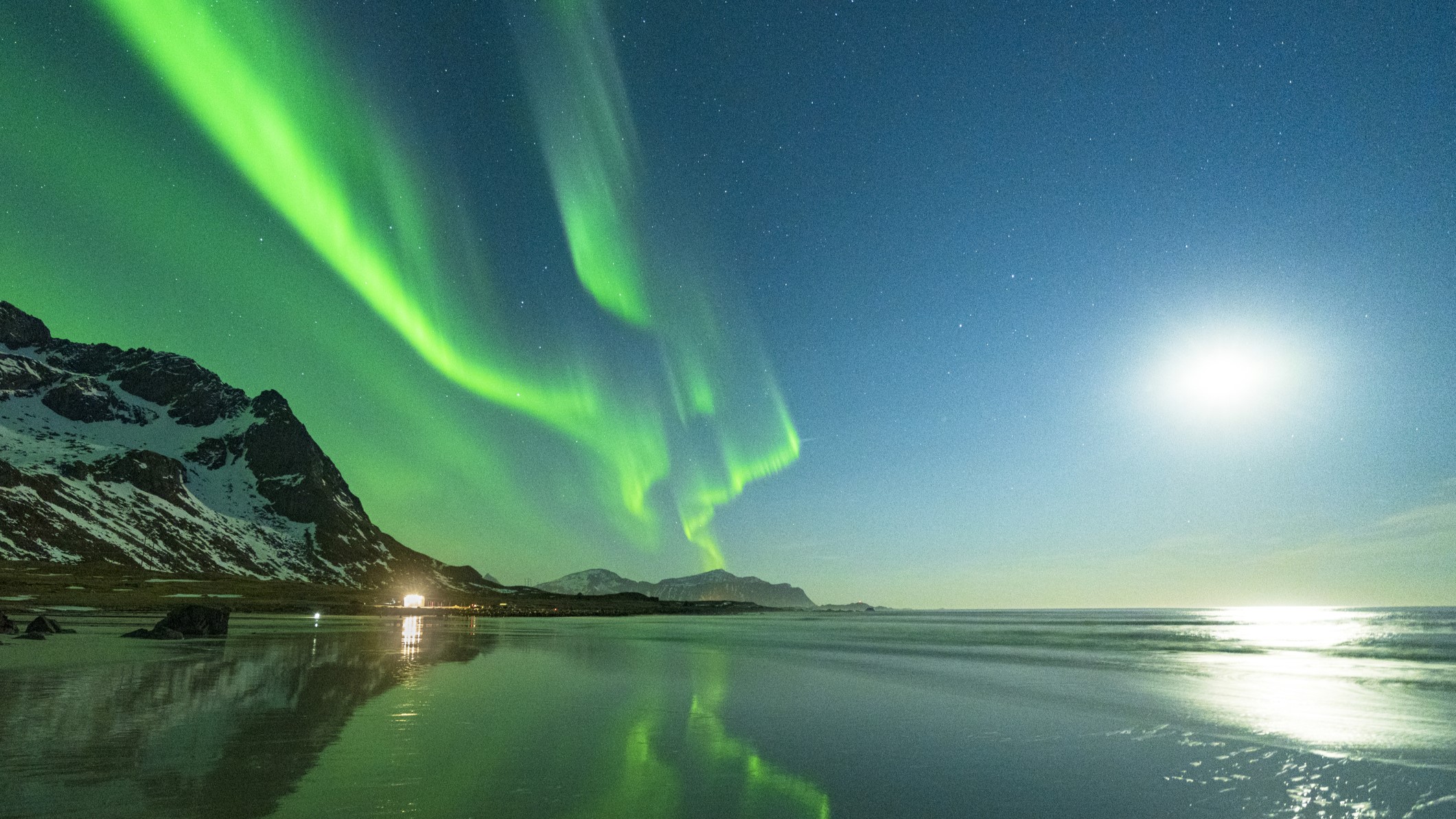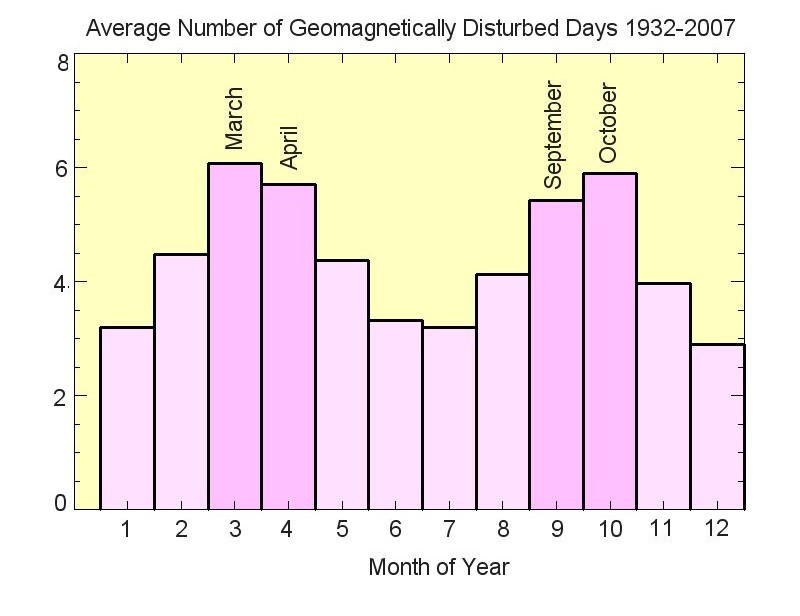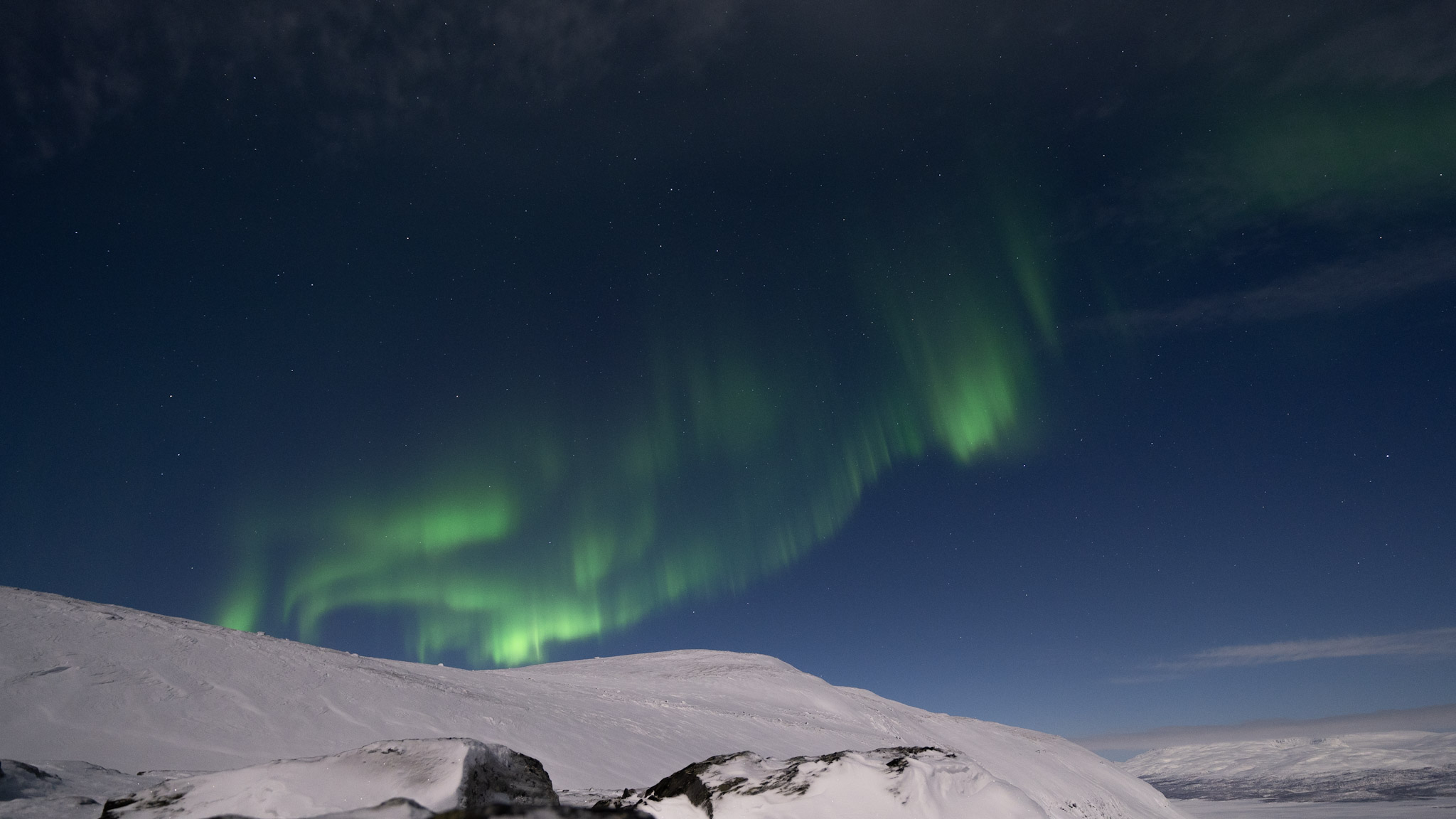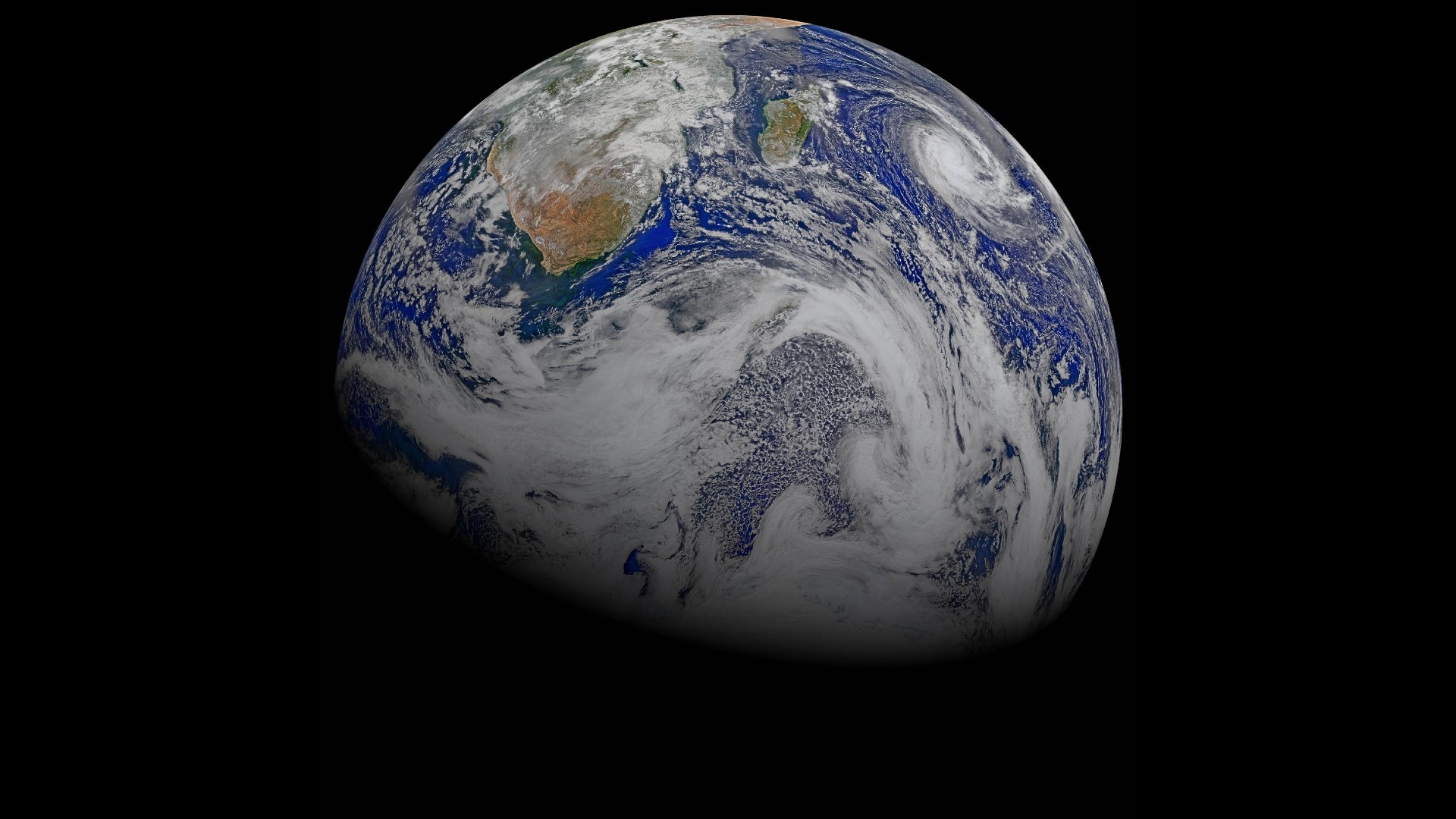Why March is the best month to see the northern lights
Here we explore why March is the best month for auroras as we approach the spring equinox.

One of the most common questions aurora chasers hear is, "When is the best time to see the northern lights?" While predicting auroras with pinpoint accuracy is tricky, evidence suggests that March is the best month of the year to witness them.
The northern lights, or aurora borealis, occur when energetic particles from the sun—released through processes like solar wind and coronal mass ejections (CMEs)—collide with Earth’s atmosphere. Our planet’s magnetic field directs these particles toward the poles, creating dazzling light displays in both hemispheres (known as the aurora australis in the south).
A 75-year study from retired NASA solar physicist David Hathaway shows that March has more geomagnetically active days than any other month of the year (with October a close second), according to Spaceweather.com. On average, Earth sees six days of high geomagnetic activity in March, compared to just three in December.
Related: Where and when to see the northern lights in 2025
Why does March experience higher geomagnetic activity than any other month?
According to Spaceweather.com, geomagnetic disturbances are almost twice as likely in spring and fall compared to winter and summer due to the Russell-McPherron effect — an explanation proposed in 1973 by geophysicists Christopher Russell and Robert McPherron.
Russell and McPherron determined that the cause lies in how the sun's and Earth's respective magnetic fields meet each other. The tilt of Earth's magnetic field means that in large part, it is misaligned with the sun's, which causes much of the incoming solar wind to be deflected away from the planet. But during the equinoxes — when day and night are almost the same length due to our planet's tilt aligning with its orbit around the sun — the orientation of Earth's poles is almost perpendicular to that of the sun which allows more solar wind to get through, resulting in stronger geomagnetic activity and more dramatic auroras. This year, the vernal equinox (or Spring equinox), occurs on March 20, 2025.
Breaking space news, the latest updates on rocket launches, skywatching events and more!
Aurora chasers are already experiencing a great aurora season thanks in large part to the heightened solar activity as we experience solar maximum — the highest rate of solar activity during the sun's approximately 11-year solar cycle.
So, why wait? If you're thinking of heading on an aurora hunting trip, now is the time to do it! March is also a great time to visit Arctic regions as the winter snow is at its deepest and the daylight hours are growing visibly longer. It tends to be warmer and there is less cloud cover at night, according to the Aurora Zone. If you want to read more about what it is like to chase auroras in Swedish Lapland, I wrote up a brief account of my aurora adventure in Abisko National Park.
We have also rounded up some of the best northern lights webcams so you can keep an eye out for them in the comfort of your own home.

Daisy Dobrijevic joined Space.com in February 2022 having previously worked for our sister publication All About Space magazine as a staff writer. Before joining us, Daisy completed an editorial internship with the BBC Sky at Night Magazine and worked at the National Space Centre in Leicester, U.K., where she enjoyed communicating space science to the public. In 2021, Daisy completed a PhD in plant physiology and also holds a Master's in Environmental Science, she is currently based in Nottingham, U.K. Daisy is passionate about all things space, with a penchant for solar activity and space weather. She has a strong interest in astrotourism and loves nothing more than a good northern lights chase!


